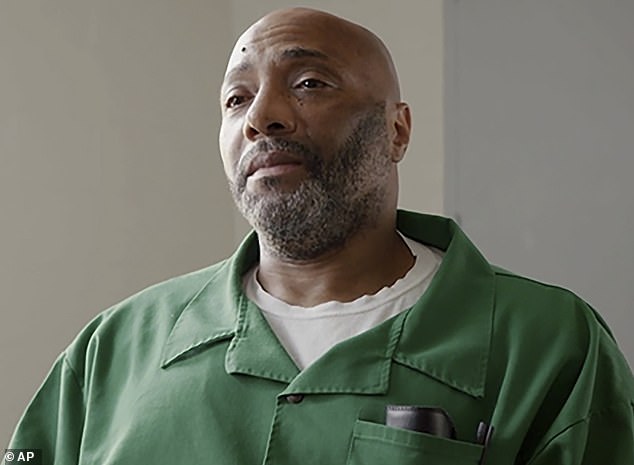A South Carolina death row inmate must choose how his life will ultimately end, and he only has a little more than a week to do so.
Richard Moore, 59, received the maximum sentence for the 1999 shooting of a store clerk in Spartanburg County.
Now he must decide whether he will be executed by firing squad, electric chair or lethal injection.
If you do not choose your destination before October 18, you will die by electrocution.
The state’s electric chair, which was built in 1912, was found to be working properly after being tested last month.
The firing squad can be used in South Carolina as permitted by a 2021 law.
Richard Moore, 59, a South Carolina death row inmate, has the option of dying by firing squad, electric chair or lethal injection.
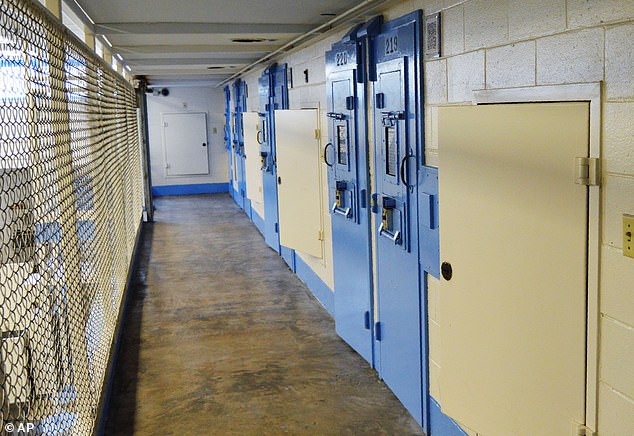
Moore, a Black man, has been on death row in South Carolina for 23 years and remains the only death row inmate in the state convicted by a jury with no African Americans.
Bryan Stirling, South Carolina’s corrections director, said his firing squad has the proper ammunition, weapons and training. Three volunteers have been instructed on how to shoot from 15 feet away, aiming at a target placed directly in the heart.
Since the death penalty was reinstated in 1976 in the United States, South Carolina has executed a total of 44 inmates.
But Moore will be the state’s second execution after a 13-year hiatus for failing to obtain the drug needed for lethal injection. When the privacy measure was originally implemented, companies refused to sell it.
But after a protective law was passed last year, the state was allowed to obtain the drug again.
It has since been found to be pure, stable and potent enough to carry out execution after being tested by technicians at the state crime laboratory.
But Moore is now trying to stop the execution through appeals to the U.S. Supreme Court.
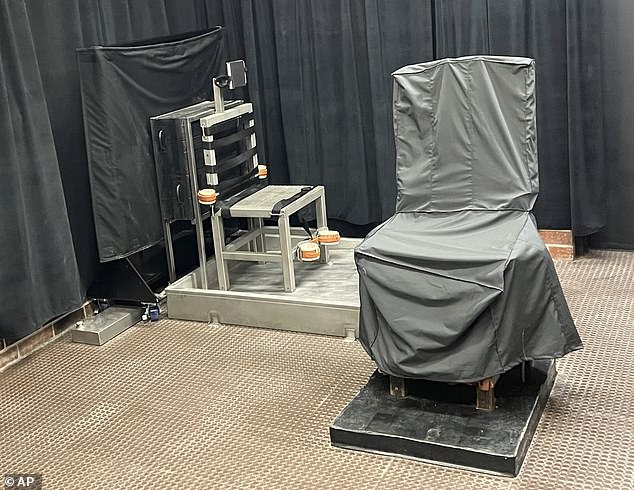
The South Carolina Department of Corrections death chamber includes the electric chair (right) and the firing squad chair (left).
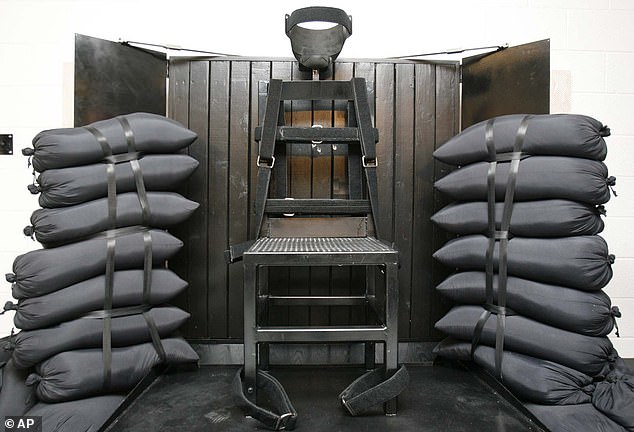
Pictured: Firing squad chair at Utah State Prison: The firing squad can be used in South Carolina, as allowed by a 2021 law.
In September 1999, Moore entered a convenience store with the intention of robbing it. Despite arriving unarmed, he was able to take a gun from James Mahoney, the store clerk, leading to a shootout between the two. Mahoney died after being shot in the chest.
Although Moore held down a job and remained an active father during the years leading up to the crime that led him to become a death row inmate, he had a string of crimes including: habitual traffic offender, illegal gun possession, theft of wallet, robbery and burglary, robbery and assault and battery of a serious and aggravated nature, according to Post and courier.
He finally realized that he was living a double life: on the one hand, consumed by crack.
Moore, a black man, has been on South Carolina’s death row for 23 years.
He remains the only death row inmate in the state convicted by a jury without African Americans.
Since Moore was initially unarmed at the time of his crime, it can be argued that there was a lack of premeditation.

In September 1999, Moore entered a store unarmed with the intention of robbing him, leading to a shootout in which he was able to grab a gun and shoot the store clerk in the chest, killing him.
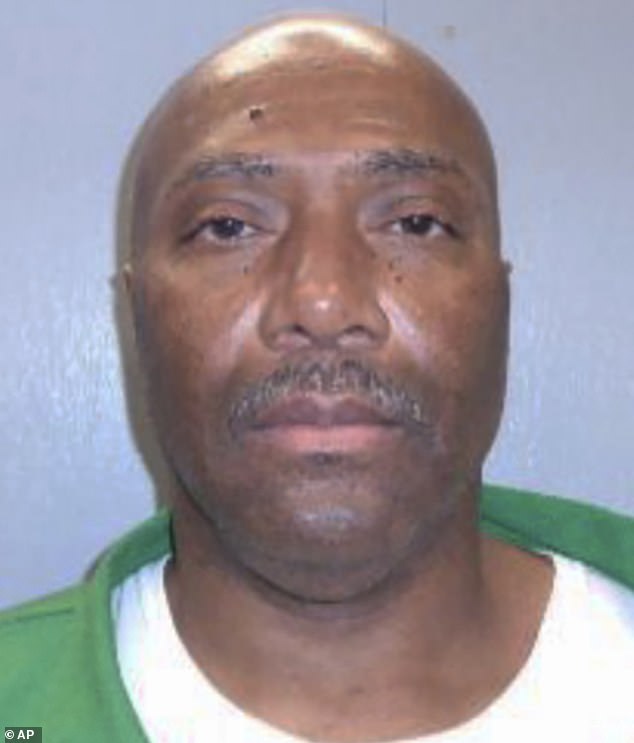
Moore is now trying to stop the execution through appeals to the U.S. Supreme Court and plans to ask the governor for clemency, hoping to change his sentence to life in prison without parole.
But if he is executed, he would be the first person executed in modern times who was originally unarmed and defended himself when threatened with a weapon.
Moore has no violations on his prison record since he was at the facility. He has offered to help rehabilitate other prisoners behind bars.
He plans to talk to Republican Gov. Henry McMaster to ask for clemency, hoping to reduce his sentence to life in prison without parole instead of death.
But in the modern era of the death penalty, no South Carolina governor has ever granted clemency to any of his inmates.
In the early 2000s, executions were common in the state. An average of three executions were carried out each year.
Since the involuntary pause in executions, the population under sentence of death has decreased. As of early 2011, the state had 63 inmates awaiting death. But now there are only 31 left.
About 20 inmates have been removed from death row after successfully appealing to the courts for a different sentence. Others have died in prison of natural causes during the temporary pause.
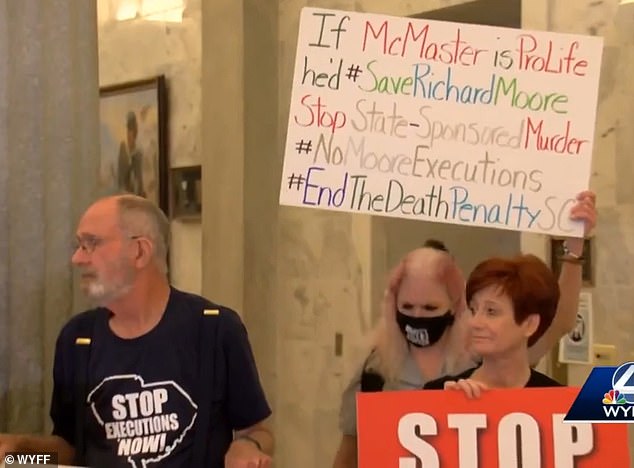
After a 13-year hiatus, people protested the death penalty before Freddie Owens was scheduled to be executed.
South Carolina executed its first death row inmate in 13 years by lethal injection in September.
Freddie Owens, 46, was convicted by a jury of murdering a store worker during a 1997 armed robbery in Greenville. He was on death row for more than 20 years before his execution on September 20.
Before his planned execution, several groups gathered to protest the death penalty.
South Carolina must argue that an “aggravating” circumstance exists to seek the death penalty. WBTW reported. The overall decision to impose death is decided by a jury.
More than 650 people have been executed in South Carolina, including the infamous serial killer Donald Henry ‘Pee Wee’ Gaskins Jr in 1991.


